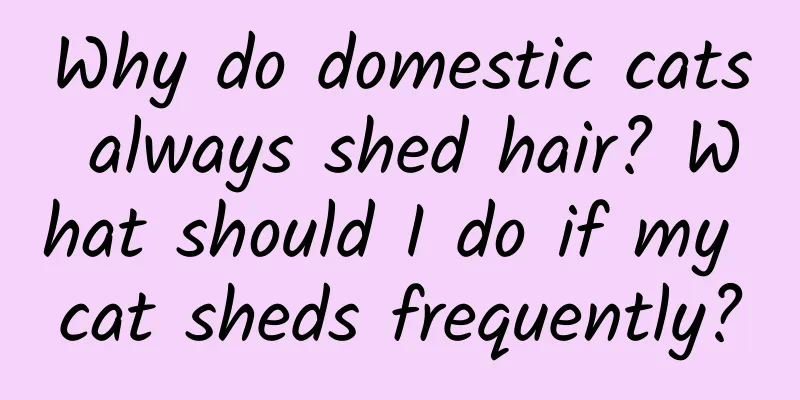What is cervical spondylosis? Which groups of people are more likely to suffer from cervical spondylosis?

|
1.What is cervical spondylosis? The cervical spine is the axial bone structure connecting the head and trunk, and is composed of 7 small bones from C1 to C7. In addition to C1 and C2, there is another important structure between every two vertebrae, which is the cervical intervertebral disc. We call the two adjacent vertebrae plus the intervertebral disc in the middle a motion unit. The intervertebral disc is a high-water, elastic structure, like a water ball, which plays a role in buffering pressure and maintaining normal movement between the two vertebrae. The cervical spondylosis we often talk about starts with the aging of this intervertebral disc. As we age, the skin will become wrinkled, dry, and aged, and the same is true for the intervertebral disc. The aging of the intervertebral disc will manifest as a decrease in water content, a decrease in elasticity, and even cracks and herniated discs, causing the intervertebral disc to fail to complete its normal function. Over time, cervical spondylosis will occur. The definition of cervical spondylosis is a series of clinical manifestations caused by degenerative changes in the cervical intervertebral disc and its secondary cervical tissue lesions, which stimulate or compress the surrounding important tissue structures. From this definition we can see two key points: The first is the degenerative changes of the cervical intervertebral disc and its secondary cervical vertebral tissue lesions, which are the pathological basis of cervical spondylosis. Our intervertebral disc is like a ball in a bearing. After the intervertebral disc ages and protrudes, it will lead to an increase in abnormal activity between the two vertebrae. The body does not want this abnormal activity stimulation, so bone hyperplasia, osteophyte formation, and ligament hypertrophy will occur to offset this abnormal activity. Although the abnormal activity is gone, it will lead to a decrease in the volume of our cervical spinal canal, thus leading to the occurrence of cervical spondylosis. The second focus is to stimulate or compress the surrounding important tissue structures to produce clinical symptoms. What type of cervical spondylosis will occur depending on the tissue structure that is stimulated or compressed. The most important structure around the cervical spine is the nervous system. Unlike the lumbar spine, the cervical spine contains the central nervous system "cervical spinal cord" and the peripheral nervous system "cervical nerve roots". Compression of the cervical spinal cord will lead to spinal cervical spondylosis, and compression of the nerve roots will lead to radiculopathy. There are also vascular tissues and sympathetic nerves around the cervical spine. Stimulation or compression can lead to vertebral artery cervical spondylosis and sympathetic cervical spondylosis, but the pathogenesis of these two types of cervical spondylosis is still controversial and not completely clear. Clinically, there is also a type of cervical spondylosis that manifests as neck, shoulder and back pain, which is called cervical spondylosis. 2. Which groups of people are more likely to suffer from cervical spondylosis? Age is a factor in the occurrence and development of cervical spondylosis. Elderly patients have more severe cervical degeneration, and their intervertebral disc herniation, bone hyperplasia, osteophyte formation, and ligament hypertrophy are more serious than those in young people, which makes it easier for them to stimulate or compress the surrounding important structures and cause cervical spondylosis. The second factor is race. Unfortunately, Asians are more susceptible to cervical spondylosis. In addition to cervical degeneration, another important factor in the onset of cervical spondylosis is developmental cervical spinal stenosis. The incidence of developmental cervical spinal stenosis in Asians is higher than that in Europeans and Americans. In addition, the incidence of ossification of the posterior longitudinal ligament in Asians is also higher than that in Europeans and Americans, and the ossified posterior longitudinal ligament will also compress and stimulate the cervical spinal cord. In addition to the above-mentioned static factors such as cervical degeneration and cervical stenosis, there are also dynamic factors, which are abnormal cervical activity and abnormal stress stimulation. Long-term bending over a desk and lowering the head will cause poor cervical curvature, and abnormal stress stimulation will also accelerate cervical degeneration. Many white-collar workers work in front of computers all day long, which causes neck muscle strain and weakness. The loss of muscle protection for the cervical spine will also accelerate cervical degeneration. When the patient's posterior neck muscles are in a state of chronic strain and inflammation all year round, neck pain will occur. Some patients may also experience dizziness, head swelling, eye swelling, eye soreness, and even blurred vision while having neck pain. Therefore, it is recommended that office workers get up and move around after working for an hour to exercise the cervical spine. They can also do neck extension exercises in their seats, tilt their heads back, turn their heads, and stretch their necks and shoulders. Using your hands to support your forehead and the back of your head, and doing exercises to lower and raise your head against resistance, can also help relieve neck muscle strain and relieve neck pain. |
>>: Minimally invasive urology surgery
Recommend
What does it mean when the uterine muscle wall echo is uneven?
Many women go for regular checkups for their own ...
What to do if a woman's face turns yellow and dark
A beautiful woman must have a good complexion, fa...
Is it okay for a woman to have Sichuan-shaped lines on her forehead?
Problems with women’s foreheads can have some imp...
Can exercise relieve menstrual cramps?
Menstruation is a woman’s best friend every month...
What are the prevention and care methods for missed abortion and delayed abortion?
Pregnancy is a happy thing, but if the patient su...
Can I eat corn during menstruation?
In fact, you need to pay attention to a lot of th...
Causes of lumps in breasts
I believe everyone knows the importance of breast...
Practical post! "From prevention to treatment" knee protection experts explain knee osteoarthritis in detail
Arthritis is one of the most common chronic joint...
What are the causes of acne on the right side of the chin?
Acne often occurs during adolescence. Many people...
To quickly identify stroke, remember the "120" rule
Wang Mingyu In life, people have long been accust...
Skin care methods for 36-year-old women
Skin can effectively reflect a person's age, ...
What should I do if I have freckles on my face during breastfeeding?
Many women have some small freckles on their face...
What to do if you find out you are pregnant after a CT scan
CT examination is a particularly commonly used ex...
What causes vulvar itching?
Due to physiological reasons, women will have var...
The reason why the leucorrhea is a little yellow during ovulation
Women's leucorrhea is an indicator of their p...

![[Doctors Talk About Medicine] To support the "Hundreds of Millions of Projects", we act in this way - Discussing the correct method of mastering blood sugar monitoring](/upload/images/67f0a46b6e985.webp)







